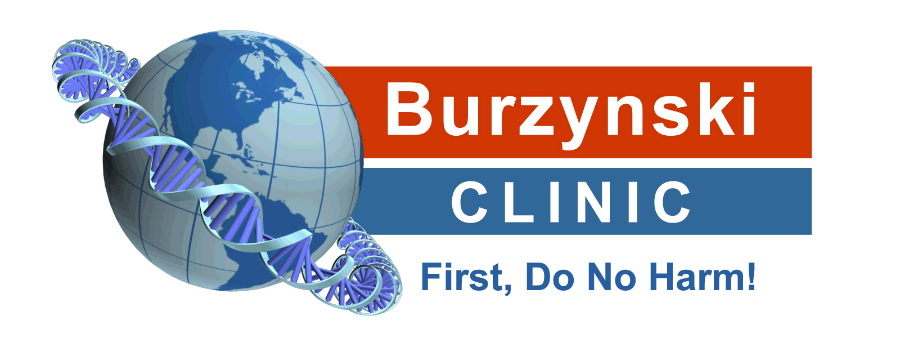Did you know that the average survival rate for glioblastoma patients is just 12 to 15 months? The story of a 37-year-old male who defied that statistic by surviving for over 27 years after being diagnosed with glioblastoma serves as a powerful reminder of the potential for hope and healing. This remarkable journey showcases the impact of innovative cancer treatments like Antineoplaston therapy.
In this blog post, we will explore his unique journey and the role of personalized cancer treatments in achieving long-term survival. We will discuss glioblastoma, the significance of innovative therapies, and how an individualized approach to treatment can change lives. By the end of this article, you’ll gain insights into real-world applications of these therapies, inspiring stories of survival, and practical considerations for anyone navigating the complex path of cancer treatment.
The Glioblastoma Phenomenon
Glioblastoma, also known as GBM, is known for being one of the most aggressive types of brain cancer. In fact, it is the most common malignant brain tumor in adults. Characterized by rapid growth and a poor prognosis, GBM affects thousands of people each year. It originates in the brain or spinal cord and is notoriously difficult to treat due to its invasive nature and tendency to recur.
What makes glioblastoma exceptionally challenging is its resilience against conventional treatments. Options like surgery, radiation, and chemotherapy have shown limited efficacy in extending survival rates beyond a year, prompting the search for innovative therapies.
Understanding Antineoplaston Therapy
In the midst of countless daunting statistics surrounding GBM, the story of our 37-year-old survivor unfolds, shedding light on Antineoplaston therapy. This proprietary treatment was developed by Dr. Stanislaw Burzynski and comprises naturally occurring peptides and derivatives intended to combat tumors. Antineoplastons are thought to inhibit the growth of cancerous cells while enhancing the body’s own immune response.
For our survivor, this therapy was not just a treatment option; it represented a glimmer of hope in an otherwise bleak prognosis. It marked the beginning of a journey that would redefine his relationship with cancer and its treatment.
A Personalized Approach: Setting the Stage for Healing
The key to the success of Antineoplaston therapy often lies in its personalized approach. Each treatment plan is tailored to the individual, recognizing that no two patients or cancers are alike. It begins with a thorough assessment, including biochemical signatures and tumor characteristics, which guide the development of a targeted therapy.
For our survivor, this meant working closely with a team of medical professionals at Burzynski Clinic. They created a treatment plan that was as unique as his situation, aiming to address not only the cancer itself but also the holistic needs of the patient.
Lives Transformed: More Than Just Survival
Surviving glioblastoma for over 27 years is an extraordinary feat. But the survivor's story goes beyond mere numbers—it embodies resilience, hope, and a commitment to living life fully. Each year presented its own obstacles, yet with each hurdle, he discovered new depths of determination and purpose.
The Role of Support Systems
Another critical element that played a role in our survivor's long-term success was the support he received from family, friends, and the medical community. Emotional and psychological support is vital in cancer treatment, providing a buffer against the challenges of a difficult diagnosis. The survivor often emphasizes that he wouldn’t be where he is today without an extensive network that provided encouragement, love, and practical support.
Nutrition and Wellness: Fueling the Body's Fight
While the primary focus was on medical treatment, the survivor also recognized the importance of nutrition and holistic wellness in his healing journey. Nutritional counseling offered by Burzynski Clinic provided valuable insights into how to nourish his body effectively, thus enhancing his physical strength and well-being during treatment.
Certain dietary decisions, like consuming antioxidant-rich foods and exploring safe supplements, became essential aspects of his routine. These choices not only supported his treatment but also empowered him to reclaim control over his health.
Life After Treatment: New Beginnings
A cancer diagnosis can feel like the end of normal life, but for our survivor, it became the catalyst for new beginnings. Post-treatment, he took proactive steps to live fully—traveling, engaging with cancer advocacy groups, and sharing his story to inspire others battling similar challenges. By embracing new opportunities and advocating for innovative treatments, he turned a cancer diagnosis into a life full of purpose.
Researching Alternative Treatments: Looking Toward the Future
With the burden of glioblastoma still prevalent in oncology, discussions continue around alternative treatments and the necessity for diverse approaches to cancer care. Innovative therapies like Antineoplastons are crucial to these discussions; their emergence signals a potential pathway to breakthroughs in effective cancer treatments.
Each individual's story heightens the urgency for continued research and expanded understanding of how alternative therapies can improve patient outcomes. It emphasizes the necessity of advocating for the exploration of all potential treatment options.
Conclusion: So Now What?
Our survivor's 27-year journey illuminates the reality of living with glioblastoma—a story driven by hope, resilience, and the transformative power of personalized cancer care. As we reflect on his journey, it becomes evident that advancements in cancer therapies and a focus on the whole patient can lead to extraordinary outcomes.
For patients diagnosed with glioblastoma and their families, it's crucial to seek information, support, and explore all potential treatment avenues. By advocating for personalized care and remaining hopeful about innovative therapies, anyone can find strength in the face of adversity.


0 Comments